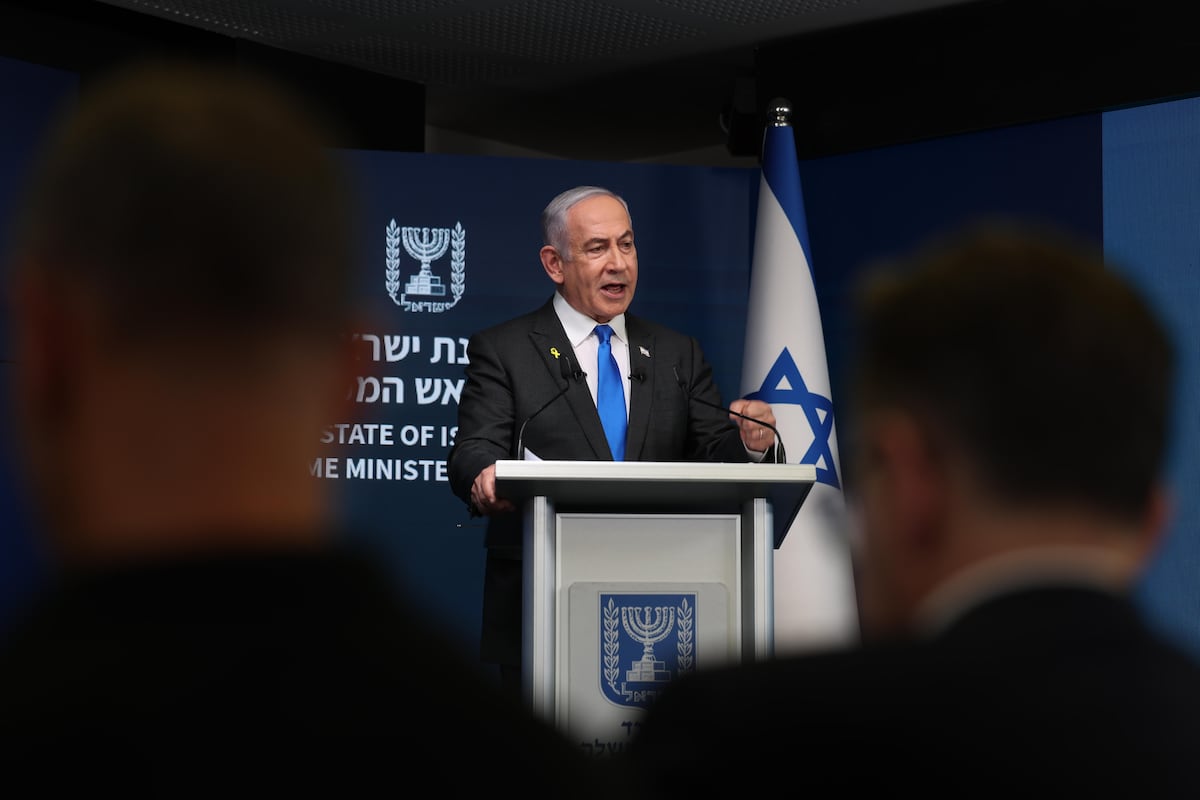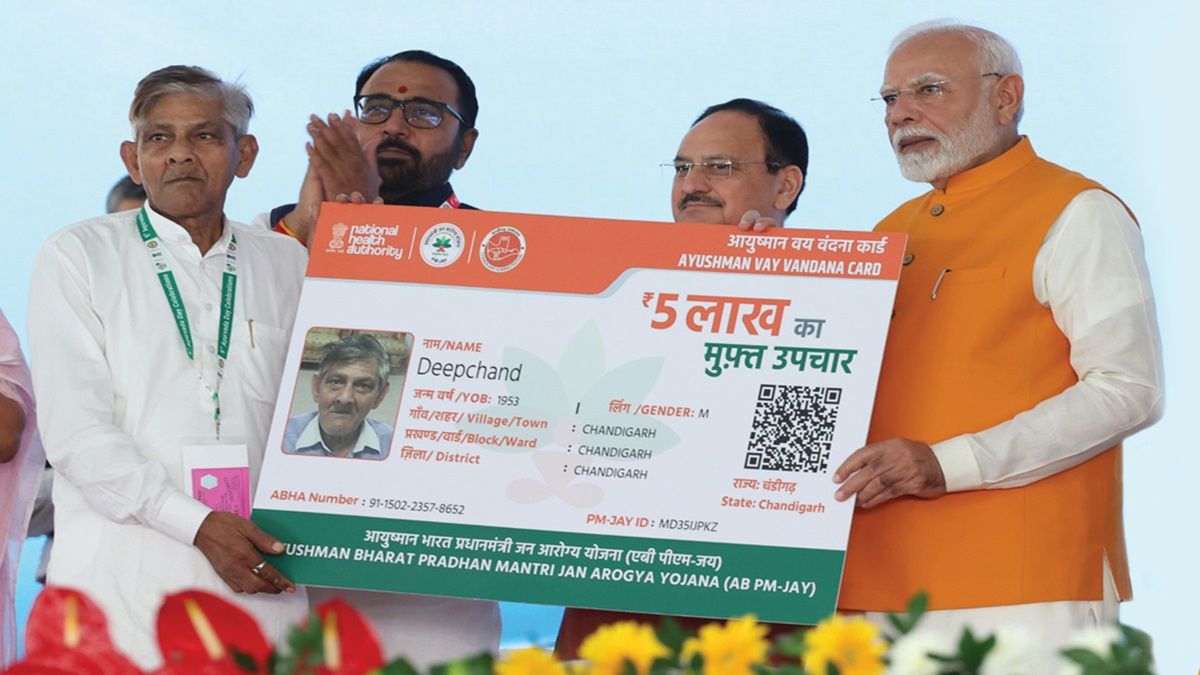Donald Trump has given somewhat contradictory clues in the selection of senior officials on his economic team. The president-elect of the United States, however, has marked the ground with what are the three priorities with which he will face the new mandate when he takes office on January 20. Tariffs on imports – as a punishment or negotiating tool -, generalized tax cuts and the promotion of fossil energy production define its economic program. The sensitivities of those chosen are different, but their decision-making autonomy will be limited. Trump is inherited an economy in good shape, but he is willing to mark differences with his predecessor, Joe Biden, from the beginning.
The key men on Trump’s economic team will be Treasury Secretary Scott Bessent; Secretary of Commerce, Howard Lutnick; energy czar Doug Burgum; the commercial representative, Jamieson Greer; the director of the White House National Economic Council, Kevin Hassett, and the director of the Office of Management and Budget, Russell Vought. They are joined, from outside the Cabinet, by Elon Musk and Vivek Ramaswamy at the head of the self-proclaimed – although organically non-existent – Department of Government Efficiency. Even without the secretaries of Energy, Labor, Transportation, Housing and Agriculture, with a subsidiary role, the approaches of the main swords of Trump’s economic policy are in many aspects contradictory.
Investors experienced a certain mirage with the appointment of billionaire Scott Bessent, founder of Key Square Group, announced last Friday night, as head of the Treasury. Bessent is a respected figure on Wall Street and the impression spread in the market that his selection was a sign of an orthodox economic policy of controlling the public deficit and promoting growth in which tax cuts would be graduated and the threat of tariffs would be rather instrumental.
Bessent summarizes his recipes in 3/3/3: cut the federal deficit – which is now around 7% – to 3% of the gross domestic product, achieve annual growth of 3% and increase national oil production by three million of barrels daily. Investors applauded his appointment with a temporary reduction in interest rates on Treasury debt and a fall in the dollar.
That relief, however, was short-lived. The president-elect himself took it upon himself on Monday to return uncertainty to the currency market with the threat of unilateral tariffs of 25% for all products imported from Mexico and Canada (until now exempt under the free trade agreement in force between the three countries). ) and an additional 10% to those already established for Chinese products. Trump, however, had a conversation this Wednesday with the president of Mexico, Claudia Sheinbaum, which he described as “wonderful” and which leaves the effectiveness of the tariff threat in the air.
Debt rates also rose with the appointment of Hassett, one of those who piloted tax cuts in Trump’s first term. Added to this is the presence of Lutnick, who has decisively embraced protectionist policy, and the appointment as trade representative of Greer, who worked on the Republican’s tariffs in his previous term.
All these movements make Bessent’s task of piloting a policy of fiscal responsibility from the Treasury into squaring the circle. The massive spending cuts promised by the Department of Government Efficiency are going to be “pretty easy,” Maye Musk, Elon Musk’s mother, said on a Fox News program, but very few see it that way. The richest man in the world has gone so far as to say that two of the federal government’s $6.7 trillion in public spending could be cut, but without explaining how, beyond striking but very limited examples. The largest item is interest on the debt (mandatory payment), military spending (which Trump has said he wants to increase) and recognized benefits (such as social security and healthcare, which the president-elect promised to respect and have a tendency to grow).
According to the International Monetary Fund, the mass deportations announced by Trump and the almost indiscriminate tariffs would have a negative effect on growth and inflation. The rise in prices due to supply restrictions can stop the Federal Reserve’s interest rate cuts, making it difficult to lower the cost of debt service. Tax cuts would tend to boost growth, but at the cost of higher deficits and debt and, therefore, a higher interest burden.
It is not even entirely clear what the distribution of powers will be like. In his appointments, Trump has been setting tasks. In the statement that appointed Bessent, it spoke of the role of the dollar as a reserve currency, of stopping the unsustainable path of federal debt, promoting competitiveness and prioritizing growth, but there was no mention of taxes or tariffs, beyond from a passing reference to “unfair trade imbalances”. Instead, he did refer to trade policy when appointing Howard Lutnick: “He will lead our tariff and trade agenda, with additional direct responsibility for the Office of the United States Trade Representative.” The commercial representative, Jamieson Greer, will report to Lutnick himself.
In addition, Trump will have two close figures to lean on in the White House whom he already knows from his previous term. Russell Vought, whom he defines as “an aggressive cost cutter and deregulator,” repeats as director of the Office of Management and Budget. He is linked to the conservatives’ maximum program, Project 2025. In addition, he will work closely in the White House with Kevin Hassett, director of the White House National Economic Council. Announcing his appointment, he said: “Together, we will renew and improve our record tax cuts, and ensure fair trade with countries that have taken advantage of the United States in the past.”
Whether the tax cuts are more or less aggressive (Congress has the last word there) and trade policy, there seems to be no doubt that Trump will promote fossil fuels as much as possible above environmental considerations. Energy czar Doug Burgum is his liaison to the oil companies and the president-elect’s policy on the matter is very clear: “Drill, drill, drill.”








